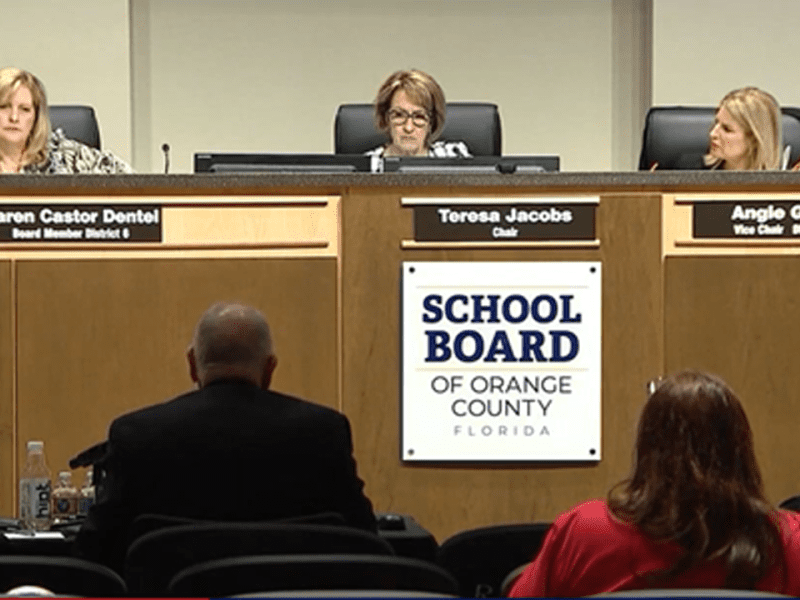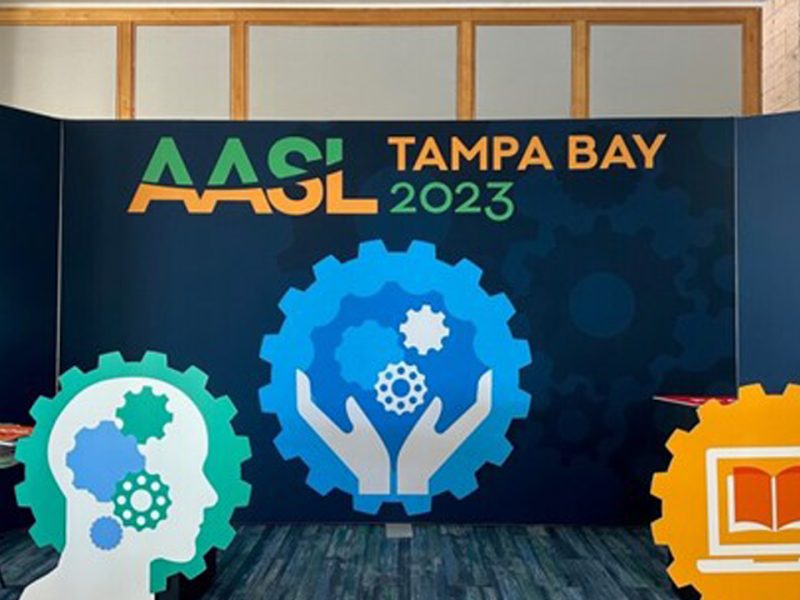It’s Time to Think BIGGER to Create a More Equitable System for Latino Children
Latinos for Education | By Jessica Huizenga | July 28, 2021
As a long-time school administrator, I’ve seen first-hand the level of inequity and disparity that exists in public schools for students of color; in particular Latino children. When we think about the “school” experience for these young people, imagine for 13 years having very little representation in the curriculum you learn, the language you hear and are invited to speak, or the flexibility you are provided in demonstrating your learning. Imagine being taught mostly by hard working, caring individuals who unfortunately can’t understand or have never been trained to authentically engage you in learning, or your family and community. Demoralized yet? Sadly though, this is the schooling experience of the majority of our Latino students. This is why I have joined Latinos for Education specifically to help the organization continue to diversify the educator workforce at every step of the pipeline to ensure Latino students get the basic access to high quality teachers and leaders of color they deserve.
In the past I have found teachers and school leaders are inadequately trained in the cultural proficiencies needed to make the important sociocultural connections necessary to provide key supports for these students to thrive. Additionally, school districts are simply stretched too thin, without adequate resources, resulting in two key issues:
- students’ needs not being met, and
- struggling to recruit and retain teachers’ and leaders of color. It’s a sad and perpetual cycle.
In order to close the representation gap, we must think differently and approach diversifying the educator pipeline more broadly than we have ever done. We must take a systematic approach of marrying policy – like the Educator Diversity Act – and practice together at both the local level and broader state level. Advocacy both internally and externally becomes a key component to this work.
This will require identifying key partners; supporting the development of Latino teachers and leaders like the Aspiring Latino Leaders Fellows, Latino Board Fellows and Latinx Teachers Fellows; as well as elevating and empowering the voices of the Latino community like our Houston counterparts are doing with Familias Latinas Por La Educacion. In this way, we have the potential to transform a system that has long been averse to change. By approaching this challenge of diversification systemically, we have the potential to impact the entire educator pipeline at all levels, therefore making a significant and powerful impact at the classroom level.
The work of diversification of our Educator Pipeline has never been more important than NOW! The racial and ethnic distribution in our public schools has shifted in significantly, especially among Latinx students. However, the educator workforce has not reflected that shift. Yet, we know that student outcomes improve when they have educators of color in the classroom as these teachers serve as valuable role models for their students.
However, the work cannot solely fall on organizations like Latinos for Education. This will require school districts to look closely at their Talent Management Cycles, which cover everything from recruitment, hiring, retention, support, training, and development of the adults who work with these students. Each of these parts are interdependent when it comes to creating, developing, and sustaining a high-quality workforce in public education. This is critical, as research shows that a high quality, effective teacher has the greatest impact on student outcomes. Therefore, we need to ensure that we’re attracting talented educators who understand their students and their experiences, and keep those educators so that they can continue to thrive in the school
Achieving true ‘Equity’ will require everyone who has a stake in education (which is everyone), to think differently, and re-imagine how we approach Educator Diversification. Schools need to be places that are focused on the whole child, developing their self-efficacy and agency, as well as the collective efficacy of their peer group. We need to make the community a part of the learning experience and build social consciousness and responsibility in our students so they will return to their communities to lead, contribute and give back. We can only do this as a collective, and by addressing the significant representation gap in the Educator Workforce at the systems level. As schools work to address the impact of this pandemic on their students, I’m excited to be part of the team at Latinos for Education to make sure strategies that lead to better outcomes for Latino students are realized in our Public Schools.






